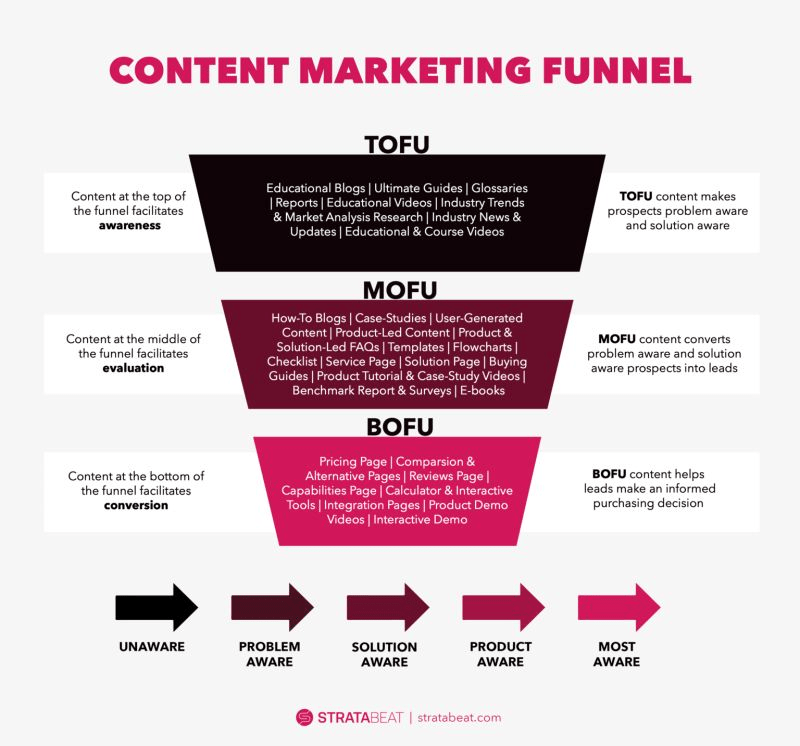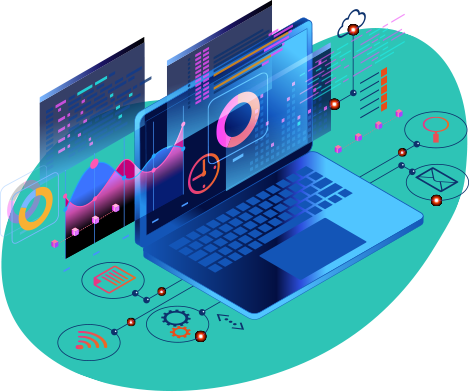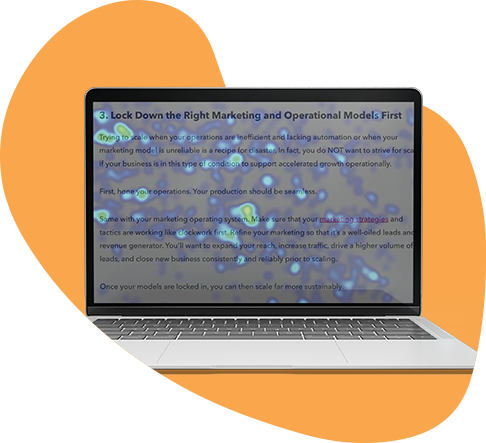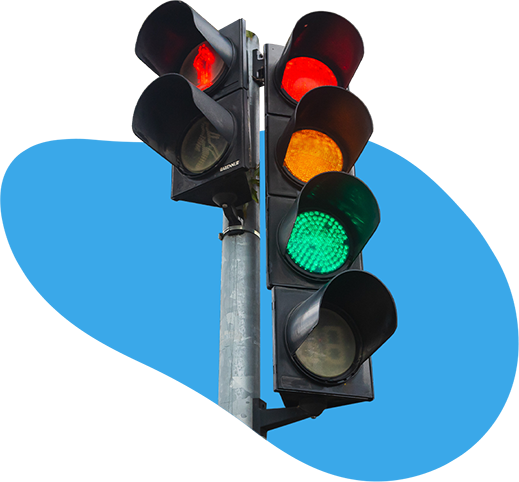How to Map a Flexible B2B Customer Journey for Success
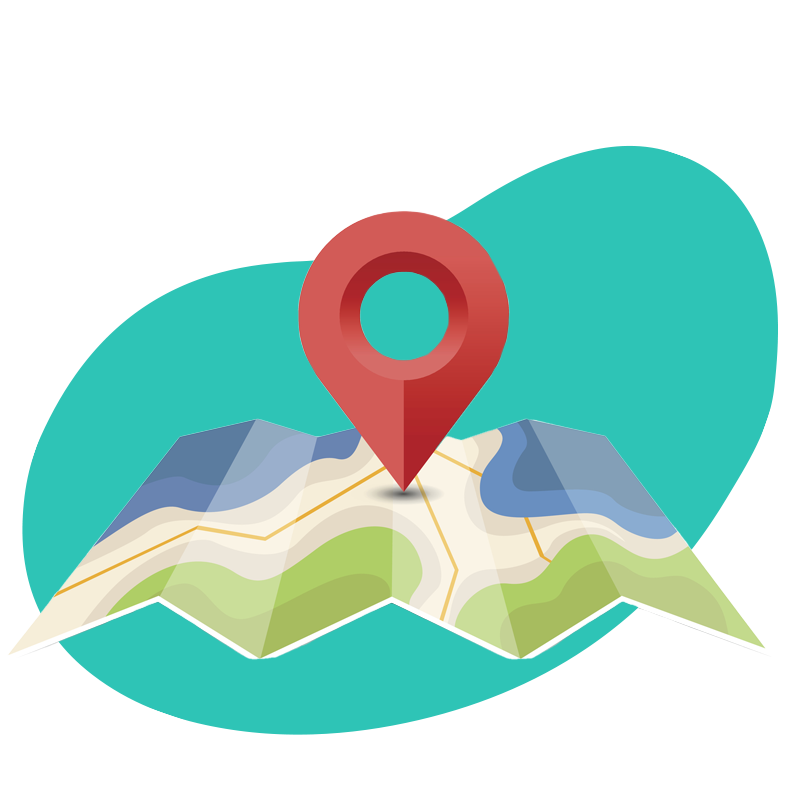
Key Takeaways
- Modern B2B buyers navigate complex, non-linear journeys, not simple funnels.
- Embrace a “Content Playground” with flexible, tailored CTAs.
- Map unique buyer personas for customized, relevant content.
- Design cohesive experiences across every customer touchpoint.
- Address barriers with targeted content like FAQs and case studies.
- Use analytics to continuously refine your journey map.
- Align your customer journey with overall business growth.
In B2B marketing, the customer journey has traditionally been viewed through the lens of a structured marketing funnel, where prospects move step-by-step from awareness to decision.
But this linear model doesn’t capture the full complexity of how today’s buyers engage with content and make decisions. With longer cycles, higher stakes, and more in-depth research, B2B buyers don’t follow a predictable path. Instead, they zigzag through channels and revisit stages, making their journey more like a tangled web than a straight line.
Yet, while the journey may not look like a simple funnel, the concept still holds value for structuring content. This article redefines the customer journey by exploring the flexibility of a content approach that covers each stage with contextually relevant calls-to-action (CTAs) and guidance, allowing for a more adaptive experience.
It’s about building a comprehensive “content playground” that provides value at every stage and enables smoother transitions between each phase of engagement.
The Myth of the Traditional B2B Marketing Funnel
A Different Approach
Stratabeat takes a practical, adaptable approach to the marketing funnel, meeting buyers wherever they are with content that addresses their needs at each stage of the buying journey. For Stratabeat’s clients, this means performing a thorough gap analysis to identify any missing pieces in the content journey. If gaps are found, they are added to the content calendar, with an emphasis on content that speaks directly to decision-ready audiences lower in the funnel.
This approach reflects a key principle in B2B marketing: while we can’t predict or control every customer interaction, we can ensure buyers encounter valuable information that helps them advance through the journey. With strategically placed, contextually relevant calls-to-action (CTAs) throughout the content, potential customers can explore further, naturally progressing to more in-depth information when they’re ready.
This strategy also acknowledges the reality of today’s search landscape: top-of-funnel questions for Unaware or Problem-Aware audiences are increasingly answered by AI. That’s why Stratabeat prioritizes content that addresses deeper, decision-oriented queries, allowing clients to appear at the moment potential buyers need specific, trustworthy information—helping them make informed choices and navigate internal decision-making.
